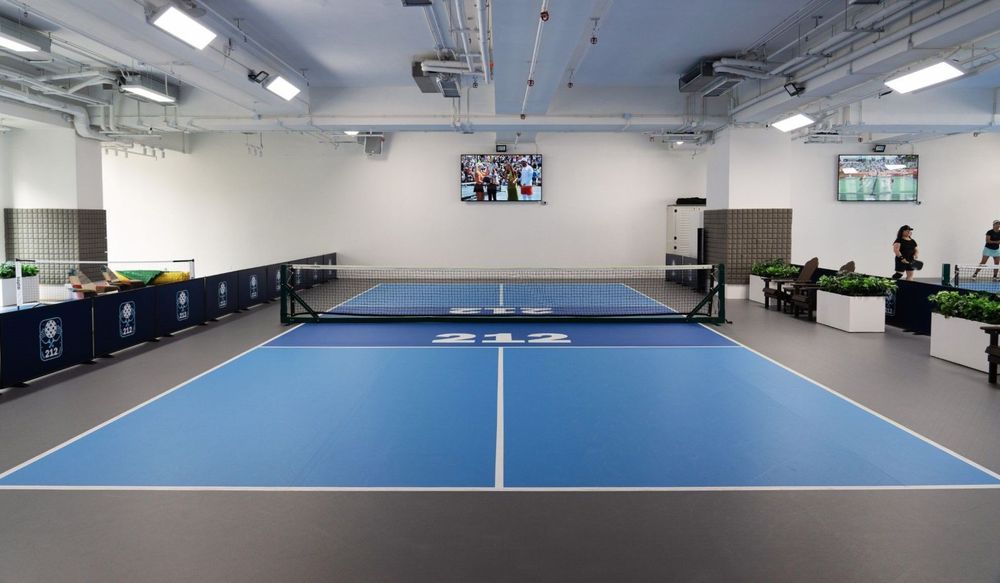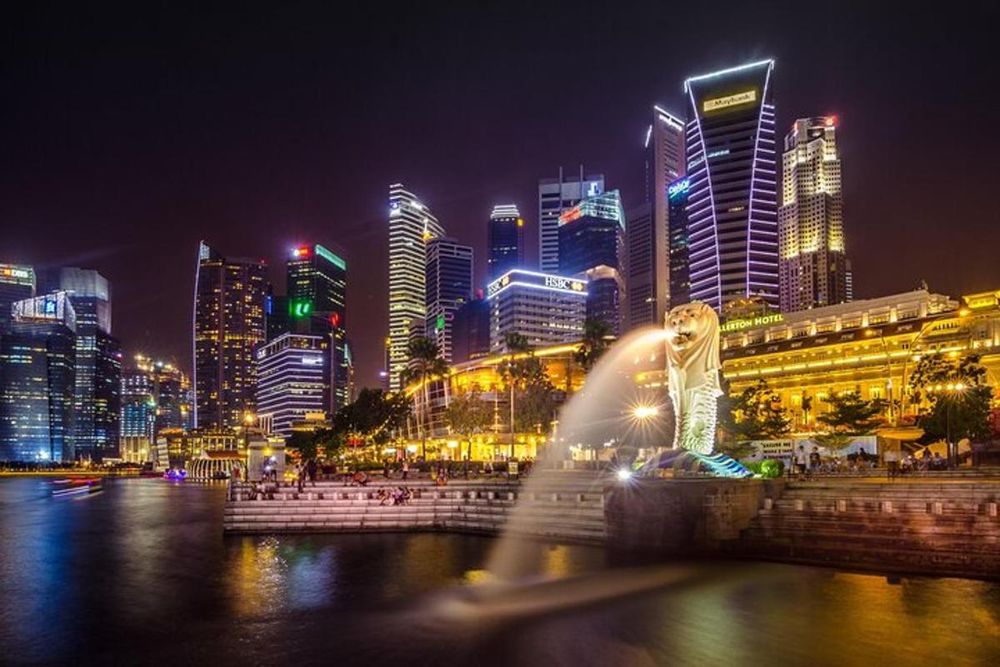As cities around Asia rejuvenate their event calendars with international-scale occasions, it’s time to rethink the event marketing strategy with a focus on the true objectives of the event investment. Whether you’re planning a regional or a single-market mega event, understanding the essence of the local ecosystem and how to communicate effectively to create understanding, engagement and excitement with local and global audiences is important. Having an effective event marketing strategy is essential to ensure strong positioning and to attract the perfect mix of speakers, sponsors, partners, and participants – with the added dynamic being engagement with your ‘extended audience’.
In Hong Kong, for instance, the list of mega events for the second half of 2024 shows a diverse array of activations – from MICE events, exhibitions, conferences, forums, seminars, symposiums, and trade events to arts and music festivals, carnivals, public fairs, outdoor activities, and sports competitions.
This article by Sinclair managing director Jessica Man outlines our strategy for mega event success.
1. Understand your objectives
Begin by clearly defining your business and marketing objectives. What are you aiming to achieve – building brand reputation, navigating government relations, driving ticket sales, engaging the community, or attracting sponsors and partners? Develop tailored key messages aligned with these specific goals. Then, take the time to map out your target audience and their desired outcomes. Understanding the stakeholder ecosystem will ensure your communication strategies resonate and are truly effective.
Looking beyond the immediate event, remember to identify your long-term goals. Craft messages and content that can be sustained across various channels, maintaining visibility in search results and on social platforms over time. This holistic, insights-driven approach will help set your mega event up for lasting success.
2. Localise the narrative
Creating a compelling narrative is crucial. A strong, localised identity helps your event resonate with your intended demographic, clarifies its purpose, and builds anticipation. For international event organisers, this means adapting the narrative to fit local cultural expectations —consider using a localised event name, engaging local ambassadors, or incorporating local design elements such as Chinese characters in your promotional materials.
Also, consider tailoring the language used; it’s not necessary for an international festival to have a Chinese name, but adding a Cantonese or Mandarin subtitle can maintain the global identity while enhancing local appeal, ensuring inclusivity and broader engagement.
3. Tailor assets and content for each channel and audience sector
With your brand narrative in place, create tailored marketing assets featuring consistent storytelling and design elements to foster brand recall. Key communication channels in Hong Kong include:
Website: Over 85% of local searches happen on Google. Ensure your website is SEO-optimised and user-friendly, partnering with local ticketing providers to boost credibility. Include bilingual content (English and Traditional Chinese) and integrate rich media like short event videos to provide clear, attractive event details.
Media: Hong Kong has a highly diverse media landscape that allows your content to reach both local and international audiences. Consider hosting press events, media tours, or creating unique media packs that highlight the local relevance of your event.
Social media: Utilise platforms like LinkedIn, Instagram, Facebook, and YouTube, which are widely used across demographic groups. Engaging content such as authentic short videos, reels and interactive campaigns from pre-announcement to ticket giveaways can significantly enhance visibility and audience engagement.
4. Leverage partner channels and KOLs with co-created content
To significantly enhance your event’s reach, it’s important to effectively leverage the influence and resources of your partners and sponsors, such as EDMs. Collaborating on co-branded social media content can also integrate your branding with that of your partners, thereby enhancing both credibility and reach. Utilising the clout of brand ambassadors from your partner networks can draw in their followers, adding a familiar face to your promotions.
Similarly, partnering with local tourism bodies can help promote your event to business and leisure visitors who might be planning their visit, tapping into a ready audience. Additionally, engaging influencers or media partners to create authentic, relatable content can drive genuine interaction and increase conversions, making your event more impactful in the competitive Hong Kong market.
5. Host creative promotional activities with a local touch
People appreciate unexpected partnerships and promotional stunts. Implement creative PR stunts and unexpected pop-up events to generate buzz and captivate potential attendees. Select locations that are not only popular but also relevant to your event’s theme, ensuring a deep connection with your target audience locally.
6. Build a community, not just a database
Fostering a sense of engagement among your audience is key for long-term success. Continue to create content on your owned social media channels that appeals to your target audience and leverages event outcomes and partner experiences, even outside of active event periods. This strengthens your reputation and enhances the effectiveness of your marketing for future events.
7. Ride the content tail for real impact
In the world of marketing, the true power lies in content. To ensure the longevity and success of your campaigns, it’s essential to leverage the content tail. This strategy prolongs the lifespan of your event and keeps your audience engaged over time. Think of it as keeping the conversation going – whether through follow-up stories, behind-the-scenes glimpses, or user-generated content campaigns. Regularly delivering relevant content not only keeps your audience interested but also strengthens your message and deepens community ties.
By consistently engaging your audience, you don’t just maximise the returns on your initial investment; you also lay a solid foundation for future events, creating a cycle of anticipation and involvement that can significantly boost your brand’s impact.
8. The importance of data, analytics, and measurement
Use multiple datapoints to analyse and measure the success of the event, using your objectives as the guiding light. Taking each objective and assigning a form of measurement at the beginning of the project allows you a sure way to measure true success. Understanding success from multiple viewpoints allows continuous improvement – essential in this new ever evolving world.
At Sinclair, we use the power of storytelling to create impact across the entire marketing funnel. We welcome any initial conversations that allow us to learn and share our insights to support your next event – let’s talk!




